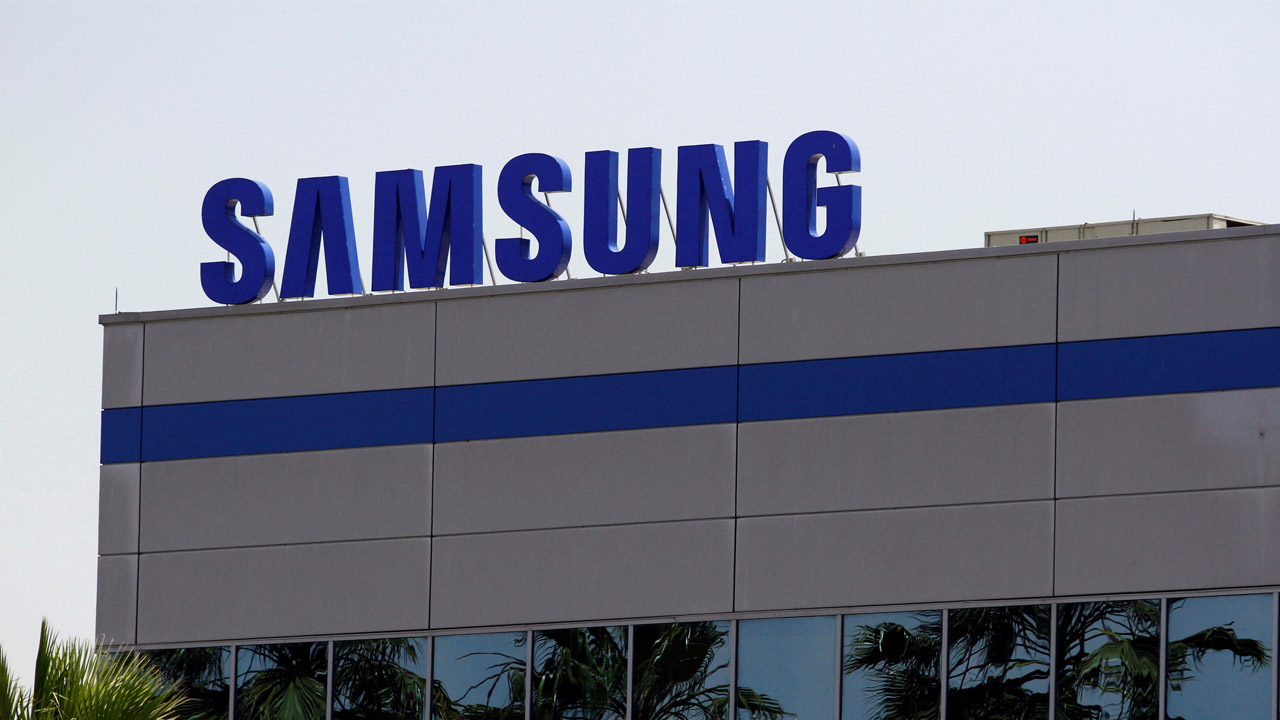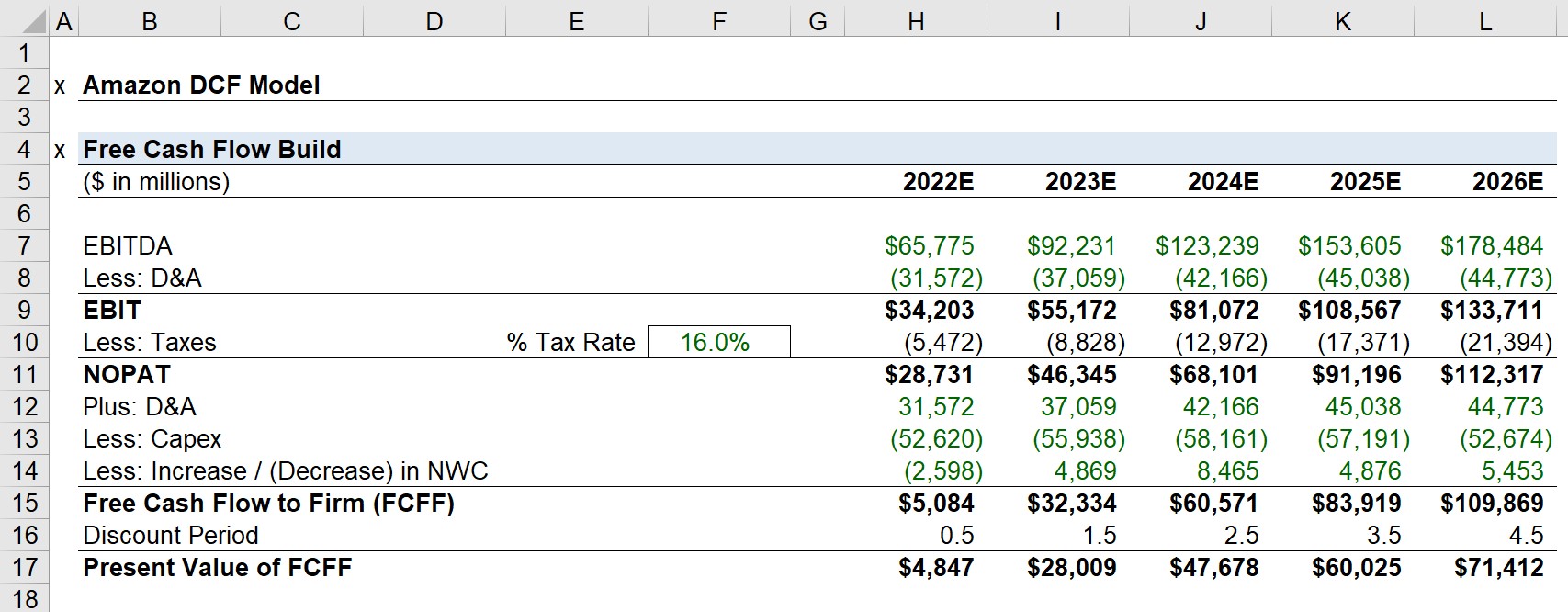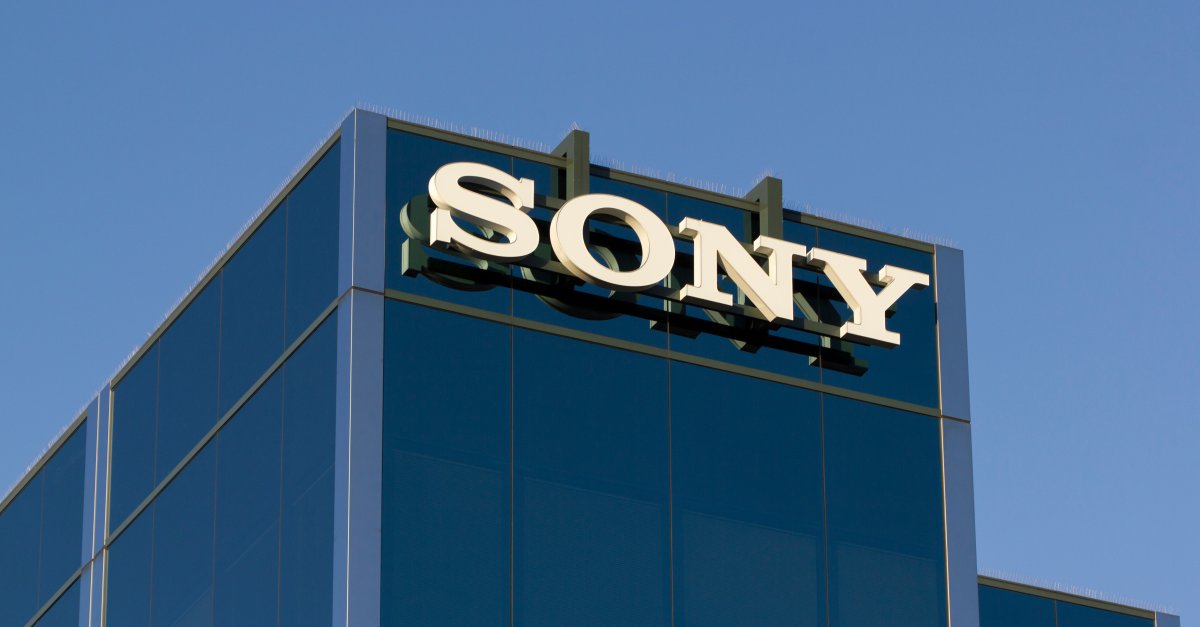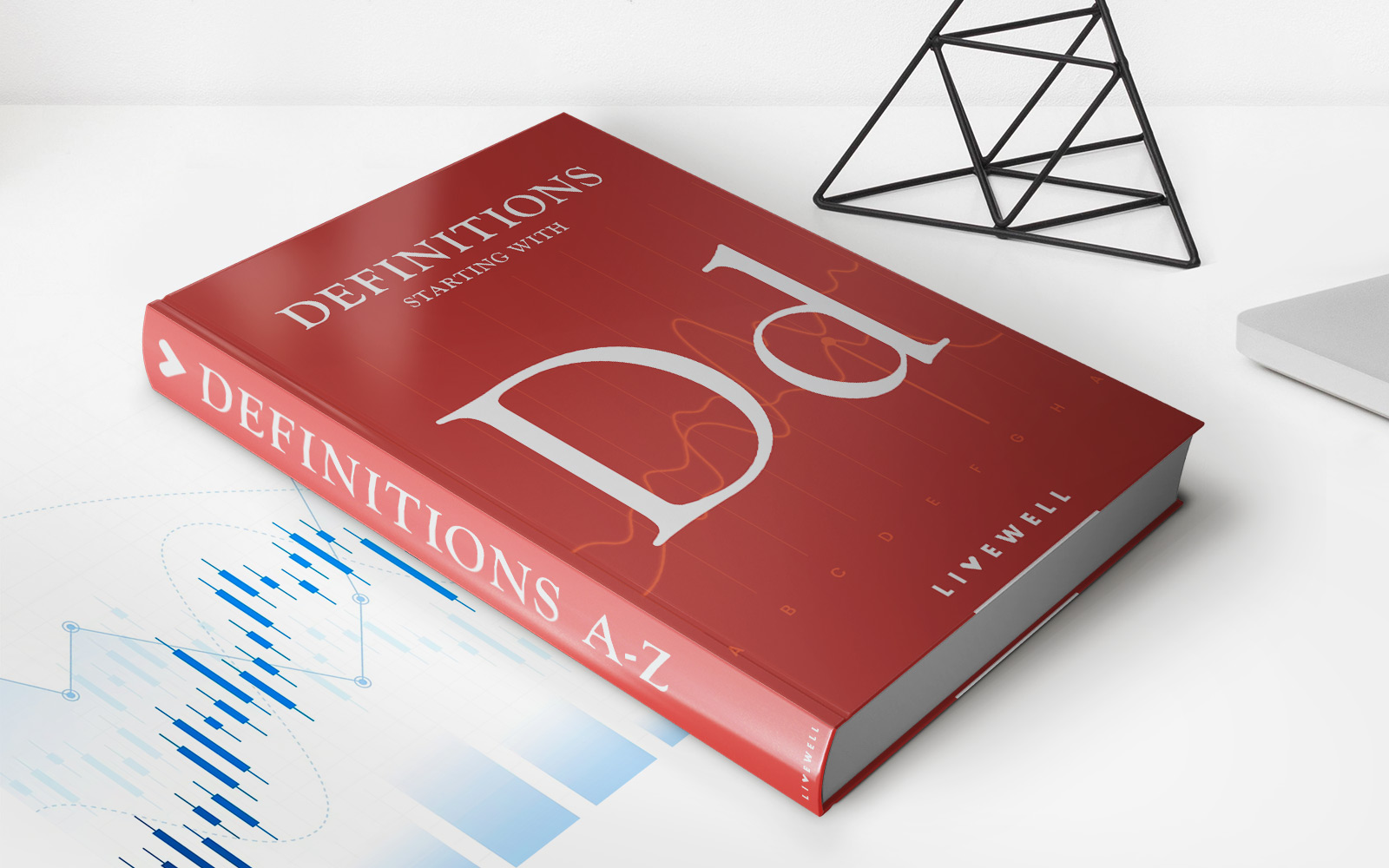

Finance
What Is An Optimum Capital Structure
Published: December 24, 2023
Discover the importance of an optimum capital structure in finance and learn how it impacts a company's growth, profitability, and risk management strategies.
(Many of the links in this article redirect to a specific reviewed product. Your purchase of these products through affiliate links helps to generate commission for LiveWell, at no extra cost. Learn more)
Table of Contents
Introduction
In the world of finance, the concept of capital structure plays a pivotal role in determining the financial health and stability of companies. A company’s capital structure refers to the way it finances its operations, acquisitions, and growth. It represents the mix of debt and equity that a company utilizes to fund its operations and investments.
Optimum capital structure is a key consideration for companies as it directly impacts their profitability, risk profile, and ability to meet financial obligations. Achieving the right balance between debt and equity is essential for sustainable growth and long-term success.
While each organization’s optimum capital structure may vary based on factors such as industry, market conditions, and growth plans, there are some universal principles that guide companies towards making informed decisions about their capital structure.
In this article, we will delve deeper into the concept of optimum capital structure, its importance, and the factors that influence it. We will also explore the benefits of maintaining an optimal capital structure and the challenges that can arise while striving to achieve it. Lastly, we will provide examples of companies that have successfully implemented an optimum capital structure.
Definition of Capital Structure
Capital structure refers to the composition of a company’s liabilities and equity. It represents the combination of debt and equity financing that a company employs to support its operations, investments, and growth. Debt financing involves raising funds through sources such as bank loans, bonds, or other forms of borrowing, while equity financing involves issuing shares of common stock or raising capital from investors.
The capital structure of a company is reflected in its balance sheet, where the liabilities and equity sections outline the sources of funding. The capital structure decision is influenced by various factors, including the company’s risk appetite, cost of capital, profitability, industry norms, and market conditions. It is a crucial consideration for financial planning and decision-making, as it determines the financial stability, flexibility, and long-term viability of the company.
The primary elements that constitute a company’s capital structure are debt and equity. Debt typically includes long-term loans, bonds, and other forms of borrowings, while equity represents the ownership stake of shareholders in the company. The capital structure may also include hybrid securities such as convertible debt or preferred stock, which have characteristics of both debt and equity.
A company’s capital structure has a significant impact on its financial position and risk profile. A high proportion of debt in the capital structure can lead to increased financial leverage but also higher interest payments and refinancing risks. On the other hand, a high proportion of equity provides a cushion against financial distress but may limit the company’s ability to raise capital quickly.
It is important to note that capital structure decisions are dynamic and can evolve over time. Companies may adjust their capital structure based on changing market conditions, growth opportunities, or strategic objectives. Regular monitoring and analysis of the capital structure help companies maintain the optimal mix of debt and equity to support their business objectives.
Importance of Optimum Capital Structure
Having an optimum capital structure is crucial for companies as it has a direct impact on their financial performance and overall stability. Here are some key reasons why maintaining an optimal capital structure is important:
- Maximizing Profitability: An optimum capital structure allows companies to strike a balance between debt and equity that maximizes their profitability. By utilizing an appropriate mix of debt and equity financing, companies can minimize their cost of capital and increase their return on investment. This, in turn, enhances their ability to generate profits for their shareholders.
- Reducing Financial Risks: The capital structure of a company plays a crucial role in managing its financial risks. By diversifying the sources of financing, companies can reduce their reliance on a single type of funding, thereby minimizing the potential risks associated with that particular source. A well-balanced capital structure helps mitigate the risk of insolvency and provides a buffer against economic downturns or unforeseen financial shocks.
- Flexibility in Operations: Optimum capital structure provides companies with the flexibility to pursue growth opportunities and navigate through changing market dynamics. With the right mix of debt and equity, companies can access capital when needed without compromising their financial stability. This flexibility enables them to invest in new projects, expand their operations, or pursue strategic acquisitions, thereby enhancing their competitive position in the market.
- Enhancing Creditworthiness: A balanced capital structure helps companies maintain a favorable credit profile. By demonstrating a prudent approach to managing their finances, companies with an optimum capital structure are more likely to attract favorable terms for debt financing. Lenders and investors tend to view companies with a well-managed capital structure as less risky and more creditworthy, which translates into more favorable borrowing terms and lower interest rates.
- Meeting Financial Obligations: The ability to meet financial obligations and repay debts is critical for the long-term survival of any business. An optimum capital structure ensures that companies have the financial resources and cash flow needed to meet their debt obligations and interest payments. It provides a sustainable framework for debt repayment, reducing the risk of default and improving the company’s overall financial health.
In summary, an optimum capital structure is important as it helps companies maximize profitability, manage financial risks, maintain operational flexibility, enhance creditworthiness, and meet their financial obligations. By striking the right balance between debt and equity financing, companies can position themselves for long-term success and achieve sustainable growth in a competitive marketplace.
Factors Determining Optimum Capital Structure
The process of determining the optimum capital structure for a company involves considering various factors that influence the decision-making. While there is no one-size-fits-all formula, several key factors shape the capital structure of a company. Understanding these factors is essential for making informed decisions about the optimal mix of debt and equity. Here are some of the key factors that determine the optimum capital structure:
- Business Risk: The level of business risk associated with an industry or sector has a direct impact on the capital structure decisions of a company. Industries with higher business risk, such as technology or biotechnology, tend to rely more on equity financing to mitigate the risk of financial distress. In contrast, industries with lower business risk, such as utilities or consumer staples, can afford to have a higher proportion of debt in their capital structure.
- Cost of Capital: The cost of capital, which encompasses the cost of debt and the cost of equity, is a crucial factor influencing the optimum capital structure. Companies need to strike a balance between the relatively lower cost of debt and the higher cost of equity. By minimizing the overall cost of capital, companies can maximize their profitability and value for shareholders.
- Market Conditions: The prevailing market conditions, including interest rates, investor sentiment, and availability of capital, can influence a company’s capital structure decisions. During periods of low interest rates, companies may favor debt financing as it becomes more affordable. Conversely, in a volatile market or during economic downturns, companies may seek to strengthen their balance sheets and opt for lower leverage by relying more on equity financing.
- Company’s Growth Stage: The stage of a company’s growth cycle also affects the optimal capital structure. Early-stage or high-growth companies often rely more on equity financing to fuel their expansion plans and fund their research and development activities. As companies mature and generate stable cash flows, they may gradually increase their debt levels to take advantage of tax benefits and maintain a lower cost of capital.
- Tax Considerations: The tax environment in which a company operates plays a role in determining the optimum capital structure. Debt financing often offers tax advantages as interest payments can be tax-deductible, reducing a company’s taxable income. This can incentivize companies to have a higher proportion of debt in their capital structure, especially in jurisdictions with favorable tax policies.
- Investor Preferences: The preferences and risk appetite of investors also influence a company’s capital structure decisions. Some investors may prefer companies with a lower debt-to-equity ratio due to their risk aversion, while others may be more attracted to companies with higher leverage potential and potential for greater returns. A company’s ability to attract investors can be impacted by its chosen capital structure.
It is important to note that these factors are interdependent and should be considered in conjunction with each other. Finding the optimum capital structure requires a careful analysis of all these factors, taking into account the unique circumstances and objectives of the company.
Benefits of Optimum Capital Structure
An optimum capital structure offers several benefits to companies, enabling them to achieve sustainable growth and maximize shareholder value. Here are some key advantages of maintaining an optimal capital structure:
- Lower Cost of Capital: By maintaining an optimum capital structure, companies can minimize their overall cost of capital. A well-balanced mix of debt and equity allows companies to take advantage of cheaper debt financing, while also benefiting from the potential for higher returns associated with equity financing. This lower cost of capital enhances profitability and increases the value of the company.
- Improved Financial Stability: Optimum capital structure helps companies maintain financial stability in the face of economic uncertainties or unexpected challenges. By diversifying their sources of funding, companies can reduce their reliance on a single financing option, thereby minimizing the risk of financial distress. This stability allows companies to weather economic downturns and take advantage of growth opportunities when they arise.
- Flexibility in Operational and Strategic Decisions: Having the right capital structure gives companies the flexibility to make operational and strategic decisions effectively. With access to both debt and equity financing, companies can fund their day-to-day operations, invest in growth initiatives, pursue acquisitions, and respond quickly to market changes. This flexibility ensures that companies can adapt to evolving business landscapes and seize opportunities for expansion and innovation.
- Enhanced Valuation and Investor Confidence: An optimum capital structure can lead to an enhanced valuation of the company and increased investor confidence. Investors often consider a well-managed capital structure as a sign of financial prudence and stability, making the company more attractive for investment. A higher valuation also provides companies with more options for further growth, such as accessing additional funding through equity offerings or attracting strategic partnerships.
- Tax Benefits: Carefully structuring a company’s capital can provide tax advantages. Interest payments on debt are generally tax-deductible, reducing the taxable income and resulting in lower tax liabilities. This tax shield can effectively reduce the cost of debt financing and improve the company’s bottom line. Companies can leverage these tax benefits to optimize their capital structure and enhance overall financial performance.
- Increased Access to Funding: Maintaining a balanced capital structure can improve a company’s access to funding. Lenders and investors are more likely to provide capital to companies with a prudent and well-managed capital structure. This increased access to funding can be particularly valuable during times of economic uncertainty or when pursuing significant growth initiatives.
In summary, an optimum capital structure benefits companies by reducing the cost of capital, enhancing financial stability, providing flexibility in decision-making, increasing valuation and investor confidence, generating tax advantages, and improving access to funding. By maintaining the right mix of debt and equity, companies can position themselves for long-term success and create value for their stakeholders.
Challenges in Achieving Optimum Capital Structure
While striving to achieve an optimum capital structure offers numerous benefits, companies often face several challenges along the way. These challenges can make it difficult to strike the right balance between debt and equity financing. Here are some common hurdles that companies encounter when working towards their optimal capital structure:
- Market Volatility and Uncertainty: Fluctuating market conditions pose challenges in determining the optimal capital structure. Changes in interest rates, investor sentiment, and market volatility can impact the availability and cost of debt and equity financing. Companies must continuously monitor and evaluate market conditions to adjust their capital structure accordingly.
- Access to Financing: Access to financing can be a challenge, especially for small and early-stage companies. Limited access to capital can make it difficult to achieve the desired capital structure. Companies may need to explore alternative financing options, such as venture capital, private equity, or government grants, to bridge the funding gaps and attain their optimum capital structure.
- Debt Serviceability: Maintaining an appropriate level of debt is crucial for companies to service their debt obligations. Excessive debt can strain cash flows and hinder a company’s ability to meet interest payments and repay principal amounts. Balancing the desire for higher leverage with the need to ensure debt serviceability is a constant challenge in achieving an optimum capital structure.
- Investor Preferences: The preferences and risk appetite of investors can impact a company’s ability to achieve its desired capital structure. Investors may have different expectations regarding debt levels, equity dilution, and financial risk. Finding a consensus between the company’s optimal capital structure and investor preferences can be a balancing act for management.
- Tax Implications: The tax implications of different capital structure decisions can pose challenges. While debt financing may offer tax advantages through interest deductions, it also comes with limitations and potential tax risks. Striking the right balance between tax optimization and long-term financial stability requires careful consideration of the tax implications associated with various capital structure options.
- Industry-specific Factors: Each industry has unique characteristics that influence the optimum capital structure. Factors such as regulatory requirements, market cycles, capital intensity, and competitive dynamics can impact the choice between debt and equity financing. Understanding the industry-specific challenges and tailoring the capital structure accordingly is essential in achieving the desired balance.
Overcoming these challenges requires a comprehensive understanding of the company’s financial position, industry dynamics, and strategic objectives. It also calls for proactive financial planning, continuous monitoring of market conditions, and collaboration with experienced financial advisors to navigate the complexities of achieving an optimal capital structure.
Examples of Companies with Optimum Capital Structures
Several companies across different industries have successfully achieved and maintained optimum capital structures. These companies have strategically balanced their debt and equity financing to maximize their financial performance and leverage growth opportunities. Here are some notable examples:
- Apple Inc.: As one of the world’s leading technology companies, Apple Inc. has consistently maintained a strong capital structure. The company utilizes a combination of cash reserves, debt financing, and equity offerings to fund its operations and investments. Apple’s optimal capital structure allows it to finance research and development, acquire new technologies, and return value to its shareholders while minimizing financial risk.
- Procter & Gamble Co.: Procter & Gamble is a multinational consumer goods company with a balanced capital structure. The company strategically uses a combination of debt and equity financing to fund its product development, marketing initiatives, and global expansion. By maintaining an optimum capital structure, Procter & Gamble can leverage its strong cash flows and brand equity while managing its debt obligations effectively.
- Johnson & Johnson: Johnson & Johnson, a global healthcare company, has achieved an optimal capital structure by balancing debt and equity financing. The company’s strong cash flow generation capabilities and diverse product portfolio contribute to its ability to maintain a balanced capital structure. Johnson & Johnson utilizes debt financing to fund strategic acquisitions, research and development, and capital expenditures while ensuring solvency and financial stability.
- Walt Disney Company: Walt Disney Company, a prominent entertainment and media conglomerate, has successfully managed its capital structure to support its growth and global expansion initiatives. The company utilizes a combination of debt, equity, and retained earnings to finance its theme parks, movies, television networks, and other ventures. By optimizing its capital structure, Disney can invest in new content creation, technological advancements, and international expansion while rewarding its shareholders.
- JP Morgan Chase & Co.: JP Morgan Chase, one of the largest investment banks in the world, maintains an optimum capital structure to support its diverse financial business operations. The company relies on a mix of debt, equity, and retained earnings to fund its lending activities, investment banking services, and asset management operations. JP Morgan Chase’s balanced capital structure allows it to maintain financial stability, attract investors, and capitalize on growth opportunities.
These examples highlight the importance of balancing debt and equity financing in achieving an optimal capital structure. Each company carefully considers its industry dynamics, growth objectives, and risk tolerance to develop a capital structure that supports its financial performance and strategic aspirations. By maintaining an optimum capital structure, these companies have been able to navigate market uncertainties, fund innovation, and create long-term value for their shareholders.
Conclusion
Optimum capital structure is a crucial aspect of financial management for companies across industries. It encompasses the optimal mix of debt and equity financing that allows businesses to maximize profitability, manage risks, and support their growth objectives. While the specific optimal capital structure varies from company to company based on various factors, there are common principles that guide organizations in making informed decisions.
Striving for an optimum capital structure offers numerous benefits. It helps companies lower their cost of capital, enhance financial stability, improve flexibility in decision-making, increase valuation, access funding, and optimize tax advantages. These advantages contribute to a company’s long-term success and ability to create value for its stakeholders.
However, achieving an optimum capital structure is not without its challenges. Market volatility, access to financing, debt serviceability, investor preferences, tax implications, and industry-specific factors can all pose hurdles. Overcoming these challenges requires thorough analysis, careful financial planning, and adaptation to changing market conditions.
Examples of companies like Apple Inc., Procter & Gamble Co., Johnson & Johnson, Walt Disney Company, and JP Morgan Chase & Co. demonstrate the successful implementation of optimal capital structures. These companies have strategically balanced debt and equity financing to support their operations, investments, and growth initiatives while managing risk and maximizing value.
In conclusion, maintaining an optimum capital structure is vital for companies seeking sustainable growth and financial stability. By carefully considering the factors that influence the capital structure decision, companies can navigate the complexities of balancing debt and equity financing to optimize their financial performance, attract investors, and seize growth opportunities in a competitive business landscape.














